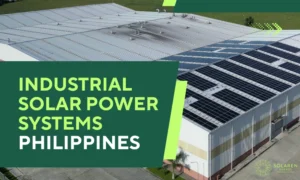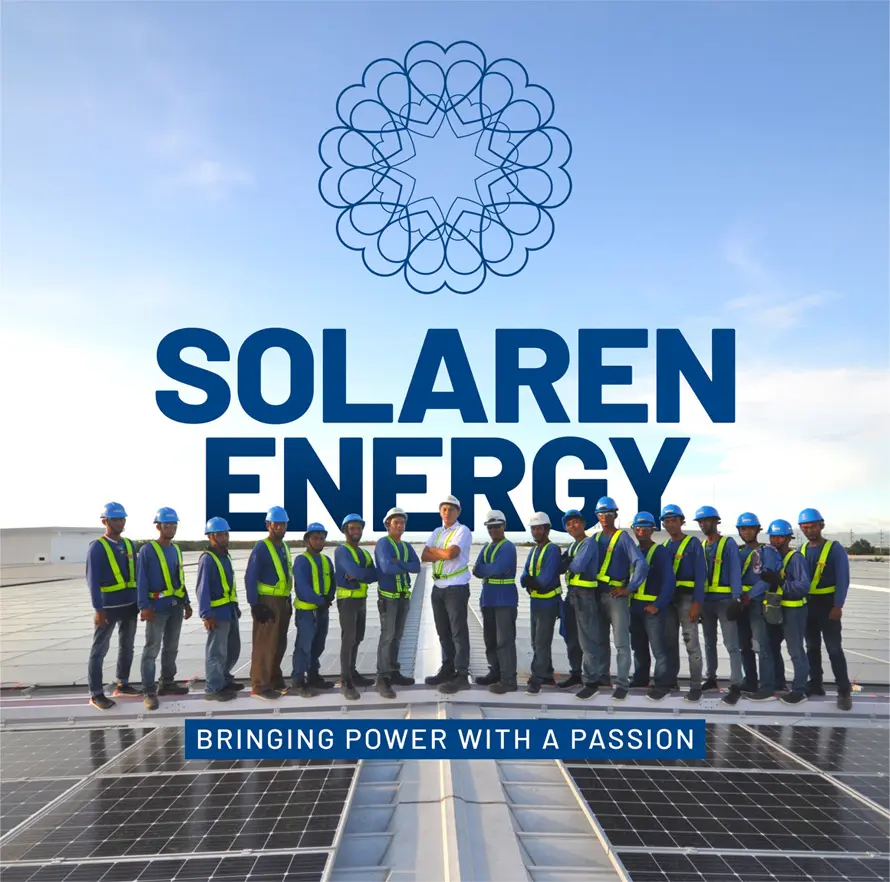Electricity prices vary drastically across the globe, but one thing remains true everywhere: affordability depends on how much you earn. In that light, solar energy Philippines based solutions are becoming more than an environmental choice—they’re a financial necessity.
As electricity rates rise across Asia, Europe, and beyond, Filipino families and businesses are feeling the squeeze. But with the right solar investment, that equation can change—for good.
Power Prices in Asia: A Regional Burden
In absolute terms, the Philippines isn’t the most expensive place in Asia to buy electricity. As of 2024, here are average residential rates in USD per kWh:
- Singapore: $0.249
- Philippines: $0.207
- Japan: $0.201
- Thailand: $0.136
- Vietnam: $0.088
- Indonesia: $0.086
However, when adjusted for income, the Philippines becomes one of the least affordable countries in the region for electricity. A household in Vietnam spending $10 on electricity might only be using 2% of their monthly income. In the Philippines, a similar expense could consume over 10% of what a family earns.
The challenge is even greater for provincial households or small businesses using inefficient equipment and facing brownouts.
The Global Comparison: More Expensive Than It Looks
In Europe, power costs more—but people earn far more, too:
- Germany: $0.430
- UK: $0.380
- France: $0.300
- USA: $0.170
Despite high rates, German households spend just 4–5% of their income on power. In contrast, Filipino households can spend three to four times more, proportionally, making power far less affordable.
That’s why now, more than ever, solar energy Philippines solutions are gaining traction—not only for sustainability, but for real savings.
Business Impact: Energy Cost vs. Competitiveness
High energy costs don’t just affect homes—they limit business competitiveness across the country. From cold storage to logistics and manufacturing, Philippine firms face higher energy inputs than competitors in Vietnam, Indonesia, or Thailand.
This has prompted many to invest in commercial solar energy systems. By reducing daytime grid consumption and protecting against outages, solar helps businesses control one of their most volatile expenses.
Case Study: Bulacan Factory Cuts Energy Spend by 52%
A packaging manufacturer in Bulacan partnered with a renewable energy company Philippines to install a 500 kW solar array and LFP battery storage. The result?
- 52% reduction in electricity spend
- Over ₱3.7 million saved annually
- ROI projected in less than four years
- No downtime from brownouts
With a full Sustainable Energy Services plan in place, including system monitoring and performance audits, the company now enjoys predictable energy costs.
Why Solar Energy in the Philippines Makes Sense
The country receives 4.5 to 5.5 peak sun hours daily—making it ideal for solar. Combine that with:
- Rising grid tariffs
- Unstable supply
- High income-to-energy cost ratio
- Advancements in battery tech and panel efficiency
And you have a compelling reason to pursue solar now, not later.
By working with a solar power company, businesses and households can design systems that:
- Cut grid reliance
- Stabilize bills for 20+ years
- Provide energy security during peak hours or outages
- Offer customized energy solutions tailored to your load profile
Designing Smarter Systems
The best solar setups come from experience and data. A capable solar installation Philippines team will start with:
- A full 24-hour load audit
- Hybrid inverter configuration
- Proper battery sizing using energy storage solutions
- Real-time monitoring for long-term savings
Final Thought
When measured against earnings, energy in the Philippines is among the least affordable in the world. But that also means it’s where solar energy Philippines solutions can make the biggest impact.
By investing in solar today, businesses and homeowners gain freedom from grid price hikes and unreliable supply. With the support of a renewable energy company Philippines, you can future-proof your operations and your finances.









